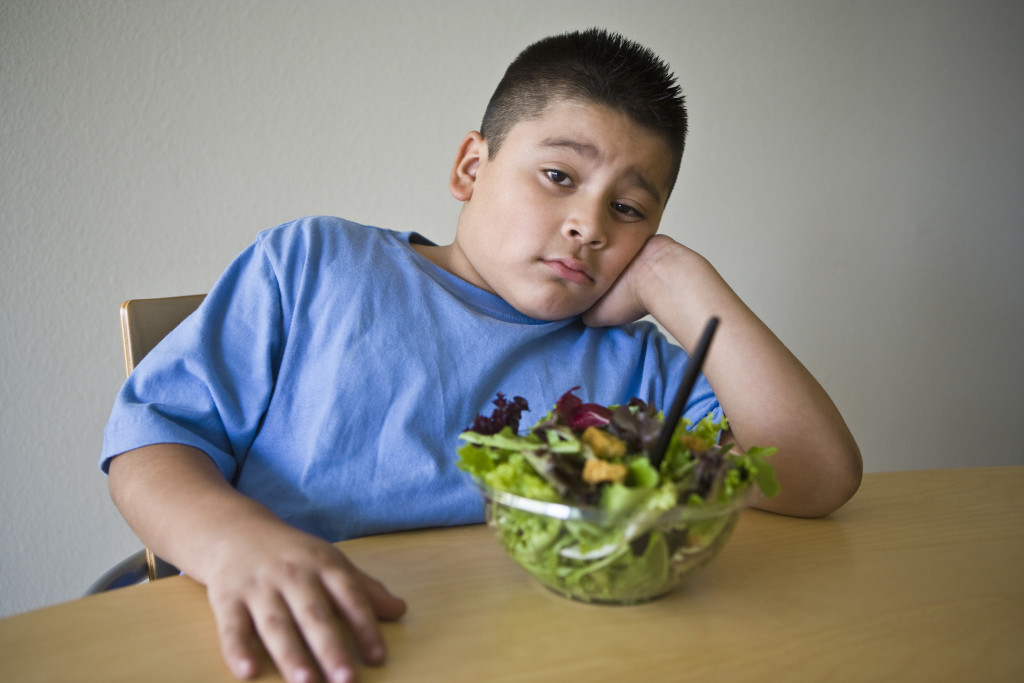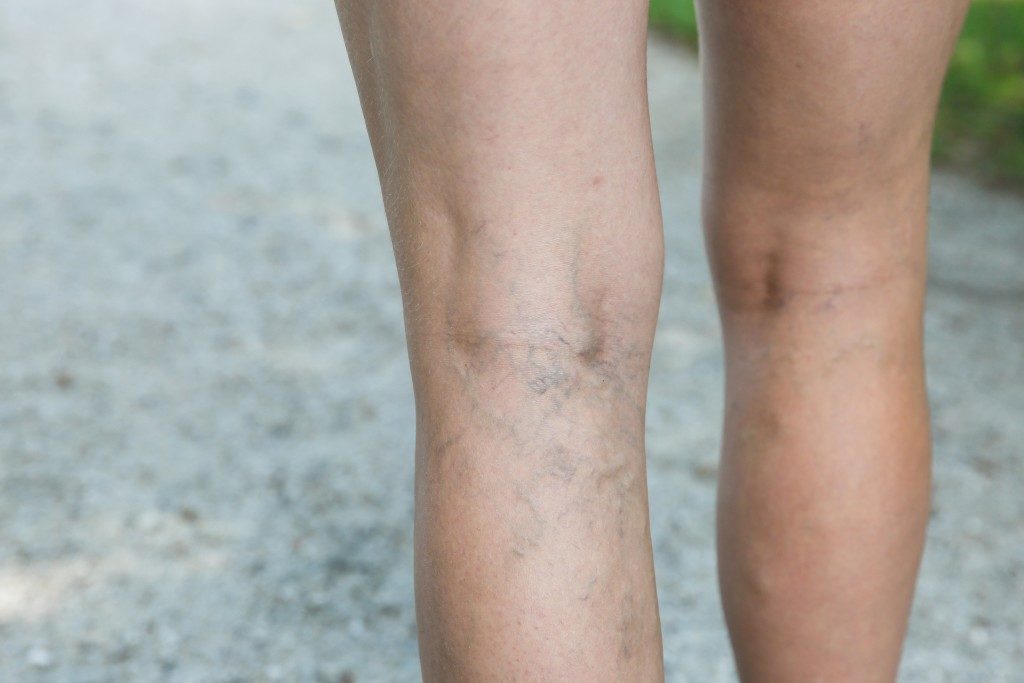- VI occurs when leg veins fail to work efficiently, leading to blood pooling in the lower legs.
- Risk factors for VI in children include family history, lack of physical activity, obesity, and certain medical conditions.
- Researching the condition, visiting a medical professional, and maintaining healthy habits can help manage VI.
- To prevent VI, ensure your child eats a healthy diet, gets plenty of exercises, takes regular breaks from sitting, and wears supportive stockings if their doctor recommends.
As parents, it’s normal to worry about your children’s health. From monitoring their diets to ensuring they get enough exercise, we do whatever it takes to keep them fit and healthy. However, some health issues can be hard to detect, and that’s where venous inefficiency (VI) comes in. VI is a condition that affects the veins in our legs, and it’s more common in children than you might think. But what exactly is VI, and how can you tell if your child has it? Here’s what you need to know about it.
What is Venuous Inefficiency?
VI is a condition that occurs when leg veins fail to work efficiently. It can occur in adults and children but is more common in younger people. The veins in people’s legs contain tiny valves that help push blood back toward the heart. In people with VI, these valves are weak or damaged, which leads to blood flowing backward and pooling in the lower legs.
Risk Factors
Almost all children are vulnerable to this disorder. However, some are more vulnerable than others due to certain risk factors. Here are some of them:
Family History
Family history is one of the most significant risk factors for venous inefficiency in children. The child is more likely to develop the condition if there is a history of venous inefficiency in the family. Unfortunately, there is little that can be done to prevent this factor. However, it is still essential to be aware of the risk and to promote healthy veins in the child.
Lack of Physical Activity
Another significant risk factor for venous inefficiency among children is a lack of physical activity. Physical activity helps to promote circulation and blood flow throughout the body, which helps to keep veins healthy. Children who spend a lot of time sitting or lying down, such as playing video games or watching TV for extended periods, are more likely to develop venous inefficiency.

Obesity
Obesity is also a significant risk factor for venous inefficiency among children. Children who are overweight or obese have more pressure on their veins, which can cause them to become damaged over time. Additionally, obesity often leads to a sedentary lifestyle, exacerbating venous inefficiency risk.
Other Medical Conditions
Certain medical conditions can also increase the risk of venous inefficiency among children. For example, conditions that affect blood flow or circulation, such as sickle cell anemia, can increase the risk of venous inefficiency. Children with Down syndrome or other genetic disorders may be at higher risk of developing venous inefficiency.
Dealing With VI Among Children
VI can be a difficult condition to deal with, but there are ways you can help. However, there are some ways you can help deal with it:
Research
The first step is for you to do your research. You should first look into what causes vein diseases online. VI is one of the many venous diseases that can occur in children. Researching the condition will help you understand it better and will hopefully give you some ideas about how to better prevent it from occurring or dealing with it if it does occur.

Visit a Medical Professional
If your child displays symptoms of VI, then visiting a medical professional as soon as possible is essential. Your doctor will conduct an examination and order tests to confirm the diagnosis. Treatment for VI depends on the severity of the condition, so it’s essential to get a proper diagnosis from a medical professional.
Maintain Healthy Habits
The best way to prevent venous inefficiency is by maintaining healthy habits. This includes ensuring your child eats a healthy diet and gets plenty of exercise. Ensure your child takes regular breaks from sitting or lying down for extended periods and encourages them to engage in physical activity. Additionally, make sure they wear supportive stockings if recommended by their doctor.
Venous inefficiency is a condition that can affect children but can be managed with the right lifestyle choices. Researching the condition and visiting a medical professional will help ensure your child gets the best treatment possible and remains healthy. Following these tips can help keep your child’s veins in good condition and reduce their risk of venous inefficiency.




